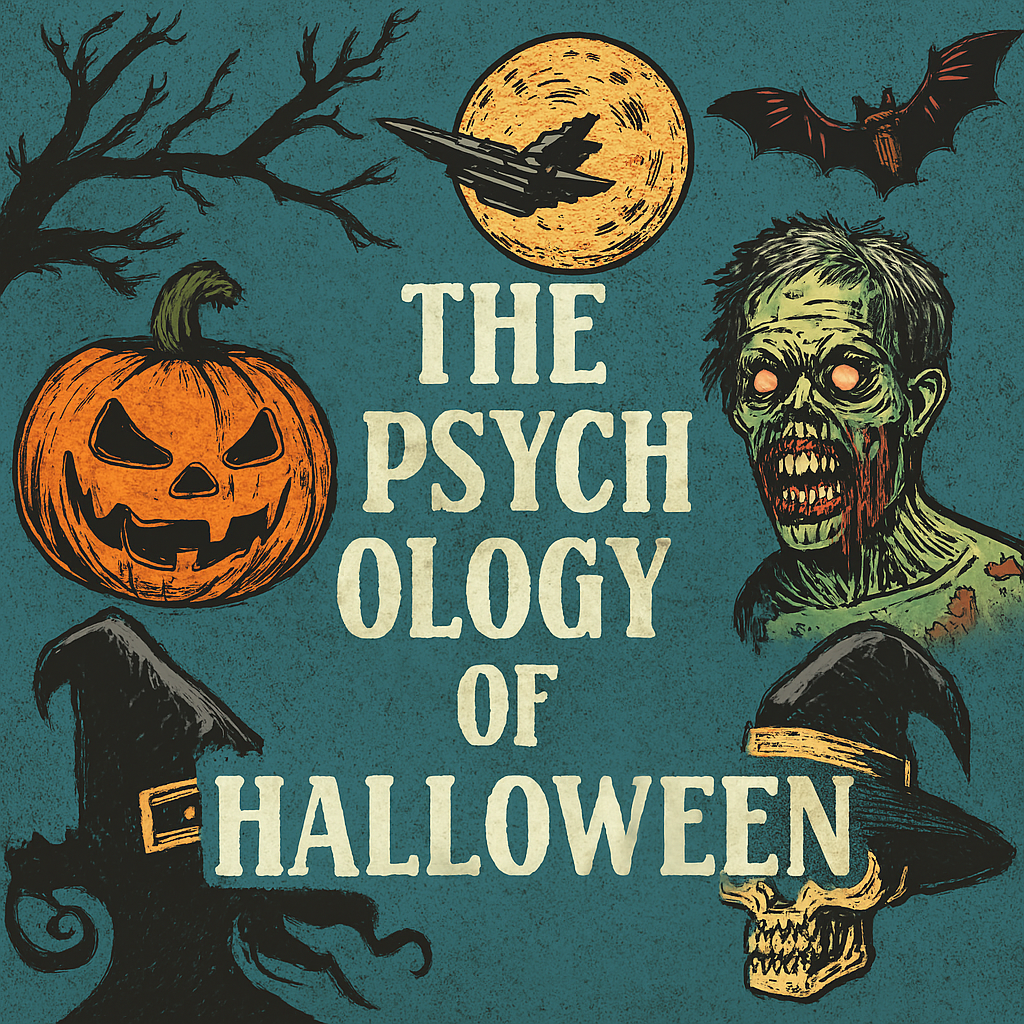
Kids And Adults Halloween Fun
Psychology Behind Halloween Fear
Halloween Is A Psychological Playground That Blends Fear, Identity, And Social Rituals
Halloween is more than a seasonal celebration. It’s a psychological event that activates primal instincts, social bonding, and identity exploration. From haunted houses to costumes, every element of Halloween taps into deep emotional and cognitive processes.
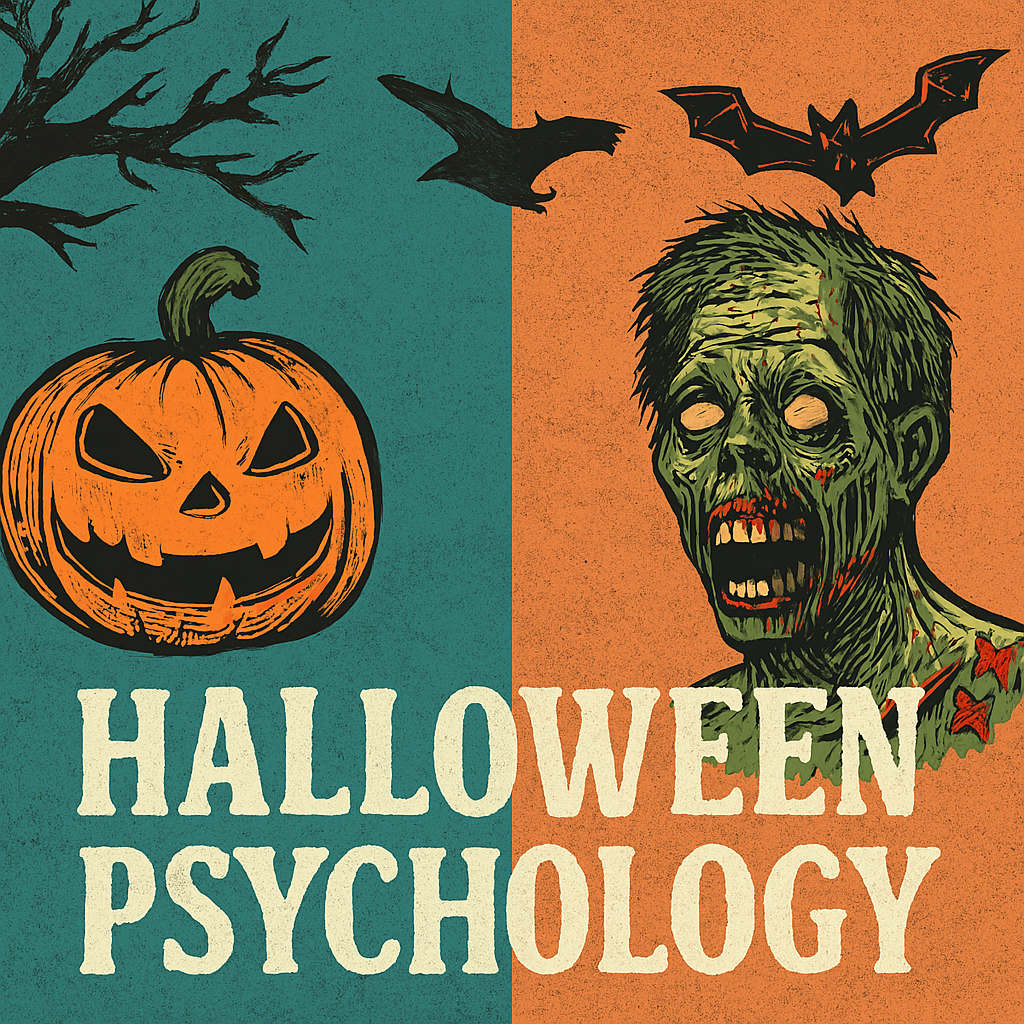
Fear And Fun – Why We Enjoy Being Scared
It’s the thrill of simulated danger that excites the brain. The limbic system, especially the amygdala, responds to perceived threats with adrenaline and heightened alertness. Yet because the context is safe, the fear becomes enjoyable. This paradox is known as benign masochism. Haunted houses, horror films, and eerie music all trigger this response. The body reacts as if in danger, but the mind knows it’s play. This duality creates a rush that many seek out. Halloween becomes a rehearsal for real-life fear. It teaches emotional regulation and resilience.
Table – Biological Responses To Halloween Fear Stimuli
| Stimulus Type | Brain Region Activated | Physical Reaction | Emotional Outcome |
|---|---|---|---|
| Jump scare | Amygdala | Adrenaline spike | Excitement |
| Creepy atmosphere | Hippocampus | Heightened alertness | Unease |
| Gore imagery | Visual cortex | Pupil dilation | Disgust or thrill |
| Sudden sound | Auditory cortex | Startle reflex | Surprise |
| Anticipation of fear | Prefrontal cortex | Increased heart rate | Tension and curiosity |
Costumes And Identity – Exploring The Self Through Disguise
Costumes allow people to explore alternate identities. This temporary transformation can hide fears and reduce social awkwardness inhibitions and encourages play. Psychologically, it taps into deindividuation—where anonymity fosters bold behavior. Children and adults alike enjoy stepping into roles that contrast with their daily lives. Costumes reflect cultural trends and personal interests. They serve as a canvas for creativity and emotional release. Wearing a costume can be empowering or cathartic. It allows individuals to express hidden aspects of themselves. Halloween becomes a stage for identity exploration. This ritual supports emotional growth and self-awareness.
Table – Psychological Functions Of Costume Types
| Costume Type | Psychological Function | Social Impact | Emotional Benefit |
|---|---|---|---|
| Superhero | Empowerment | Admiration from peers | Confidence boost |
| Villain | Exploration of taboo | Provocation or intrigue | Cathartic release |
| Fantasy creature | Escape from reality | Shared imagination | Joy and wonder |
| Historical figure | Connection to legacy | Cultural reflection | Pride and curiosity |
| Gender-fluid persona | Identity experimentation | Inclusivity and dialogue | Emotional freedom |
Social Rituals – Bonding Through Shared Experiences
Halloween strengthens social connections. Trick-or-treating, parties, and neighborhood decorations foster a sense of belonging. These rituals create shared experiences that build trust and empathy. Collective celebrations enhance group cohesion. The playful nature of Halloween reduces social barriers. People engage in storytelling, laughter, and mutual scares. Emotional synchrony deepens relationships. Even virtual celebrations maintain this bonding effect. Halloween becomes a social glue. It reinforces community ties and emotional well-being.
Table – Social Benefits Of Halloween Rituals
| Ritual Type | Social Function | Emotional Outcome | Age Group Impact |
|---|---|---|---|
| Trick-or-treating | Community engagement | Joy and excitement | Children and families |
| Costume parties | Identity play | Laughter and bonding | Teens and adults |
| Haunted attractions | Shared thrill | Trust and empathy | All ages |
| Storytelling | Cultural transmission | Curiosity and connection | Multigenerational |
| Decoration contests | Creative collaboration | Pride and unity | Neighborhoods |
Childhood Development – Learning Through Fear And Play
Halloween plays a unique role in childhood development. It introduces children to fear in manageable doses. This exposure helps build coping skills. Loud noises, dark settings, and scary imagery can trigger distress. But with guidance, children learn to differentiate real from imaginary threats. Costumes and role-play support cognitive growth. Children practice empathy by embodying different characters. Social interactions during trick-or-treating enhance communication skills. Halloween becomes a developmental milestone. It teaches courage, creativity, and emotional regulation.
Table – Developmental Benefits Of Halloween For Children
| Experience Type | Developmental Skill | Psychological Outcome | Age Range |
|---|---|---|---|
| Costume selection | Decision-making | Confidence and autonomy | 3–12 years |
| Role-play | Empathy and imagination | Emotional intelligence | 4–10 years |
| Fear exposure | Emotional regulation | Resilience | 5–12 years |
| Social interaction | Communication skills | Peer bonding | 3–12 years |
| Story comprehension | Cognitive processing | Narrative understanding | 6–12 years |
Neuroscience Of Fear – Pleasure And Threat Intertwined
Fear and pleasure share neurological pathways. The amygdala signals danger, while the nucleus accumbens processes reward. Dopamine release accompanies adrenaline surges. This neurochemical cocktail creates a euphoric state. Haunted attractions and horror media exploit this mechanism. They calibrate stimuli to maximize excitement without overwhelming the audience. The balance between fear and fun is delicate. Halloween thrives in this psychological sweet spot. It becomes a playground for the brain’s survival and reward systems.
Table – Neurochemical Interactions During Halloween Stimuli
| Brain Region | Function | Neurochemical Released | Emotional Effect |
|---|---|---|---|
| Amygdala | Threat detection | Adrenaline | Alertness and fear |
| Nucleus accumbens | Reward processing | Dopamine | Pleasure and excitement |
| Hypothalamus | Stress response | Cortisol | Tension and arousal |
| Prefrontal cortex | Rational control | Serotonin | Calm and regulation |
| Hippocampus | Memory encoding | Glutamate | Recall and learning |
Cultural Reflections – How Halloween Mirrors Society’s Relationship With Death And Mystery
Halloween functions as a cultural lens through which societies examine their relationship with mortality, mystery, and the supernatural. In Western contexts, the holiday often trivializes death through playful imagery—skeletons, ghosts, and graveyards become decorations rather than solemn symbols. This light-hearted treatment allows people to engage with existential fears without emotional overload. In contrast, traditions like Día de los Muertos in Mexico emphasize reverence and remembrance, turning the same themes into acts of familial devotion. These cultural contrasts reveal how societies use ritual to process grief, fear, and legacy. Halloween’s popularity in consumer-driven cultures also reflects a desire to commodify fear, turning it into entertainment. The holiday’s evolution from Celtic Samhain to modern spectacle shows how cultural values shape emotional expression. Whether through satire, solemnity, or spectacle, Halloween adapts to reflect the psychological needs of its participants.
Table – Cultural Approaches To Death In Halloween Traditions
| Culture/Region | Primary Theme | Emotional Tone | Ritual Expression | Symbolic Focus |
|---|---|---|---|---|
| United States | Entertainment and fear | Playful and thrilling | Costumes, horror media | Monsters, ghosts, gore |
| Mexico | Ancestral remembrance | Reverent and celebratory | Altars, offerings, parades | Skulls, marigolds, photos |
| Ireland | Seasonal transition | Mystical and reflective | Bonfires, storytelling | Spirits, harvest, veil |
| Japan (Obon) | Ancestor visitation | Spiritual and solemn | Lanterns, dances | Spirits, family altars |
| Philippines (Undas) | Family reunion and prayer | Emotional and communal | Cemetery visits, feasts | Candles, flowers, prayers |
Symbolic Language – Archetypes And Imagery That Shape Halloween Psychology
Halloween’s visual language is built on archetypes that evoke universal emotions. The haunted house symbolizes the unknown—its creaking floors and shadowy corners mirror the subconscious mind. Vampires represent forbidden desire and the fear of losing control. Zombies embody anxieties about conformity and identity erosion. Witches channel themes of power, rebellion, and marginalization. These figures persist because they resonate across generations. They offer symbolic shorthand for complex psychological states. When people decorate their homes or choose costumes, they’re engaging in symbolic storytelling. These choices reflect personal fears, fantasies, and cultural narratives. Halloween becomes a ritual of symbolic projection, where the external world mirrors internal landscapes.
Table – Psychological Archetypes In Halloween Symbols
| Symbol | Archetypal Theme | Psychological Meaning | Emotional Trigger | Cultural Role |
|---|---|---|---|---|
| Haunted house | Mystery and fear | Exploration of the unknown | Anxiety and curiosity | Setting for transformation |
| Vampire | Desire and control | Temptation and repression | Intrigue and unease | Gothic romanticism |
| Zombie | Loss of self | Fear of conformity | Dread and detachment | Social commentary |
| Witch | Power and rebellion | Marginalization and autonomy | Awe and suspicion | Feminist reinterpretation |
| Ghost | Memory and regret | Unresolved emotions | Sadness and nostalgia | Spiritual metaphor |
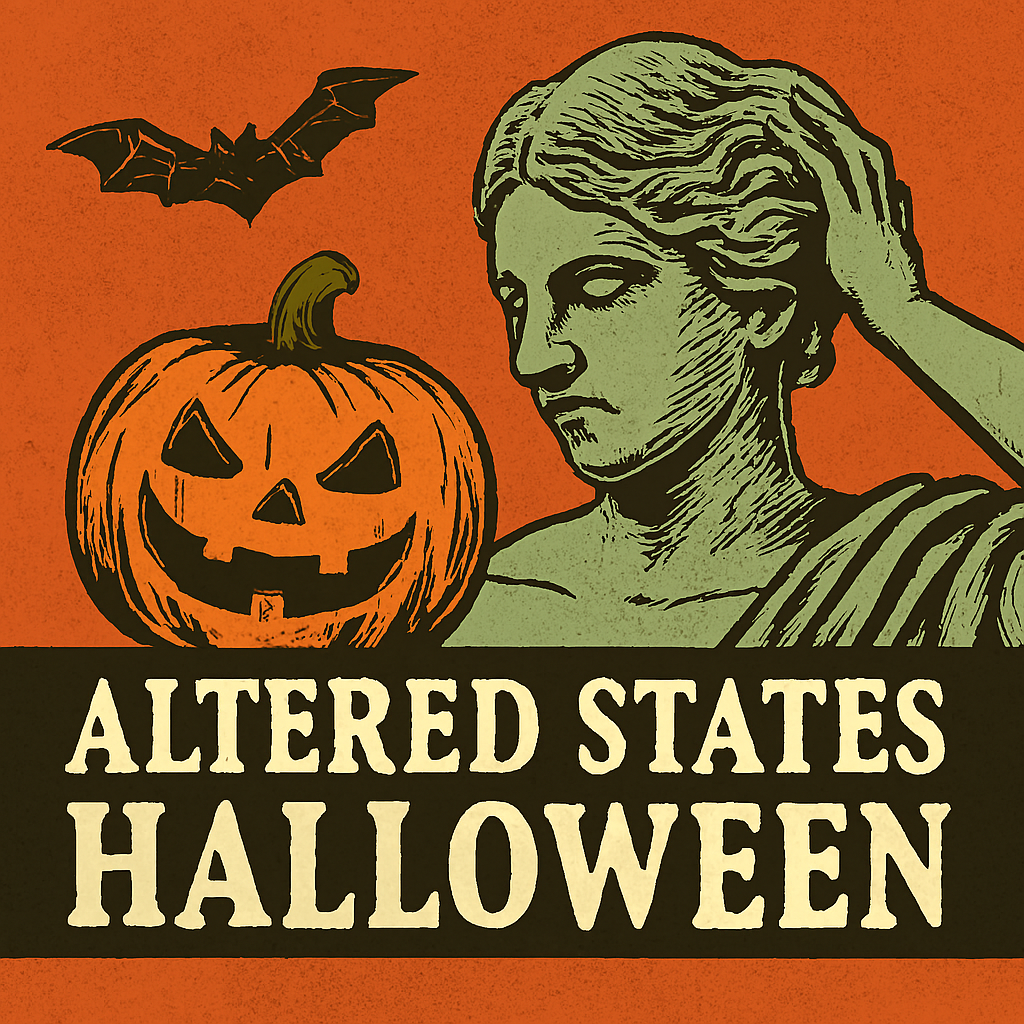
Horror Media – Psychological Mechanics Of Scary Entertainment
Horror media is a cornerstone of Halloween, offering immersive experiences that manipulate fear for entertainment. Films, games, and haunted attractions use pacing, sound design, and visual cues to provoke emotional responses. The psychology behind this involves excitation transfer—where fear heightens subsequent emotions like relief or laughter. Horror also provides catharsis, allowing viewers to confront taboo subjects in a safe context. The genre’s effectiveness depends on individual traits; sensation seekers crave intensity, while others prefer suspense over gore. Halloween amplifies horror’s appeal by framing it within communal celebration. Watching a scary movie with friends transforms fear into bonding. Horror becomes a tool for emotional exploration, resilience building, and social connection.
Table – Psychological Effects Of Horror Media Consumption
| Media Type | Fear Mechanism | Emotional Response | Viewer Trait Sensitivity | Social Impact |
|---|---|---|---|---|
| Slasher film | Sudden violence | Shock and adrenaline | High sensation seekers | Group thrill |
| Psychological thriller | Ambiguity and tension | Anxiety and curiosity | Reflective viewers | Discussion and analysis |
| Supernatural horror | Unknown forces | Awe and fear | Spiritual sensitivity | Myth reinforcement |
| Survival horror game | Interactive threat | Panic and control | Gamers and strategists | Shared gameplay experience |
| Found footage film | Realism and immersion | Unease and disbelief | Empathetic viewers | Viral storytelling |
Anxiety And Control – Halloween As A Therapeutic Outlet
Halloween offers a unique opportunity to confront anxiety in a structured, socially accepted way. The holiday’s rituals—costume selection, haunted attractions, and horror media—simulate fear in controlled environments. This mirrors exposure therapy, where repeated contact with anxiety-inducing stimuli reduces sensitivity. The festive context reframes fear as excitement, allowing individuals to reinterpret their emotional responses. Costumes act as psychological armor, giving wearers a sense of control over their identity and presentation. Social support during Halloween further enhances coping, as shared experiences reduce isolation. The holiday becomes a therapeutic outlet, transforming vulnerability into empowerment. It teaches emotional flexibility and resilience through playful confrontation.
Table – Therapeutic Functions Of Halloween Rituals
| Ritual Element | Anxiety Trigger Addressed | Psychological Mechanism | Emotional Outcome | Coping Benefit |
|---|---|---|---|---|
| Haunted house visit | Fear of unknown | Controlled exposure | Excitement and mastery | Desensitization |
| Costume creation | Identity insecurity | Role experimentation | Confidence and autonomy | Self-expression |
| Horror film viewing | Fear of loss or violence | Narrative distancing | Catharsis and insight | Emotional regulation |
| Group celebration | Social anxiety | Peer reinforcement | Belonging and safety | Reduced isolation |
| Trick-or-treating | Rejection or judgment | Positive reinforcement | Joy and validation | Social confidence |
Commercialization And Emotional Conditioning – How Marketing Shapes Halloween Psychology
Halloween’s transformation into a commercial juggernaut has profound psychological implications. Retailers flood the market with themed products—costumes, candy, decorations—months in advance, conditioning consumers to associate the season with consumption. This anticipatory marketing activates the brain’s reward system, particularly the ventral striatum, which responds to cues of potential pleasure. Limited-time offers and seasonal exclusivity create urgency, triggering fear of missing out. The emotional tone of advertisements—often playful, nostalgic, or spooky—reinforces positive associations with spending. Children are especially susceptible, as bright packaging and cartoon mascots stimulate dopamine release. Adults, meanwhile, experience nostalgia-driven purchasing, linking products to childhood memories. While commercialization can enhance excitement, it also introduces stressors: financial pressure, social comparison, and decision fatigue. Mindful engagement with Halloween marketing helps preserve the holiday’s emotional integrity. Understanding these psychological dynamics empowers consumers to navigate the season with awareness and intention.
Table – Psychological Effects Of Halloween Commercialization
| Marketing Strategy | Target Emotion | Brain Response | Behavioral Outcome | Psychological Risk |
|---|---|---|---|---|
| Early product rollout | Anticipation | Ventral striatum activation | Increased spending | Desensitization |
| Nostalgic branding | Sentimentality | Hippocampus stimulation | Impulse buying | Emotional manipulation |
| Limited-time offers | Urgency and scarcity | Amygdala arousal | Quick decision-making | Anxiety and regret |
| Child-focused ads | Excitement and joy | Dopamine release | Pester power | Overconsumption |
| Social media campaigns | Belonging and validation | Mirror neuron engagement | Trend adoption | Comparison stress |
Gender And Identity – Halloween As A Space For Role Reversal And Exploration
Halloween offers a rare cultural moment where gender norms can be both reinforced and subverted. Traditional costume marketing often reflects binary stereotypes—princesses for girls, superheroes for boys—but the holiday also invites experimentation. Individuals may choose costumes that challenge societal expectations, exploring identities outside their daily presentation. This role-play fosters psychological flexibility and self-discovery. For gender-diverse individuals, Halloween can be affirming, providing a socially sanctioned space to express authentic selves. Conversely, problematic costumes that caricature gender or sexuality can perpetuate harmful stereotypes. The psychology of costume choice reveals internalized beliefs, aspirations, and anxieties. When approached with intention, Halloween becomes a laboratory for identity exploration. It encourages dialogue about gender fluidity, representation, and personal empowerment.
Table – Gender Dynamics In Halloween Costume Psychology
| Costume Choice | Gender Norm Interaction | Psychological Function | Social Reaction | Emotional Outcome |
|---|---|---|---|---|
| Traditional binary | Reinforcement | Comfort and conformity | Acceptance or critique | Safety or limitation |
| Role reversal | Subversion | Exploration and play | Surprise or admiration | Empowerment or discomfort |
| Gender-fluid persona | Expansion | Authentic expression | Inclusivity or resistance | Validation or vulnerability |
| Hypersexualized outfit | Exaggeration | Attention-seeking or satire | Objectification or praise | Confidence or anxiety |
| Androgynous costume | Neutralization | Identity ambiguity | Curiosity or confusion | Freedom or detachment |
Memory And Nostalgia – Halloween As A Portal To The Past
Halloween evokes powerful memories, especially those formed in childhood. The sensory richness of the holiday—crisp air, candlelight, rustling leaves—activates the hippocampus, the brain’s memory center. These cues trigger nostalgia, a bittersweet emotion that blends longing with comfort. Psychologists note that nostalgia enhances psychological resilience by reinforcing a sense of continuity and identity. Repeating Halloween rituals year after year creates emotional anchors. Costumes, stories, and decorations become symbols of personal history. For adults, revisiting childhood traditions can offer emotional grounding. For children, these experiences form the foundation of future nostalgia. Halloween thus becomes a temporal bridge, connecting past and present through ritual and emotion.
Table – Memory Activation Through Halloween Rituals
| Sensory Cue | Brain Region Stimulated | Memory Type | Emotional Effect | Psychological Benefit |
|---|---|---|---|---|
| Pumpkin scent | Olfactory bulb, hippocampus | Episodic memory | Warmth and comfort | Emotional grounding |
| Costume texture | Somatosensory cortex | Tactile memory | Excitement or unease | Sensory integration |
| Candlelight glow | Visual cortex | Visual memory | Calm or mystery | Mindfulness and focus |
| Rustling leaves | Auditory cortex | Environmental memory | Anticipation | Seasonal awareness |
| Trick-or-treat chant | Language centers | Verbal memory | Joy and repetition | Cultural continuity |
Ethics And Sensitivity – Navigating Halloween With Awareness
As Halloween grows in popularity, ethical considerations become increasingly important. Costume choices can unintentionally perpetuate stereotypes, cultural appropriation, or trauma triggers. Psychologists emphasize the need for empathy and awareness in public celebrations. Wearing a costume that caricatures another culture or identity can reinforce marginalization. Similarly, horror themes that mimic real-life violence or mental illness risk trivializing serious issues. Ethical Halloween participation involves reflection, education, and dialogue. Communities and schools often provide guidelines to promote respectful celebration. When approached thoughtfully, Halloween becomes an opportunity for ethical growth. It teaches values of inclusion, sensitivity, and accountability alongside creativity and fun.
Table – Ethical Considerations In Halloween Participation
| Ethical Issue | Risk Factor | Psychological Impact | Social Consequence | Preventive Strategy |
|---|---|---|---|---|
| Cultural appropriation | Ignorance or insensitivity | Shame or defensiveness | Public backlash | Research and dialogue |
| Stereotype reinforcement | Media influence | Internalized bias | Social division | Critical reflection |
| Trauma triggers | Lack of context | Emotional distress | Alienation or harm | Content warnings |
| Mental illness parody | Misrepresentation | Stigma perpetuation | Misinformation | Educational framing |
| Hypersexualization | Objectification | Body image anxiety | Peer judgment | Costume diversity |
Symbolic Transformation – Halloween As A Ritual Of Renewal
Beneath its playful surface, Halloween functions as a symbolic rite of passage. The act of donning a costume, entering darkness, and confronting fear mirrors ancient rituals of transformation. Psychologically, these experiences represent a journey from the known to the unknown and back again. The costume becomes a metaphor for shedding one’s everyday identity and exploring alternate selves. The haunted house simulates descent into chaos, followed by re-emergence into safety. These symbolic structures echo mythological narratives—heroes entering the underworld and returning changed. Halloween thus offers a ritualized space for psychological renewal. It allows individuals to test boundaries, confront inner demons, and emerge with new insights.
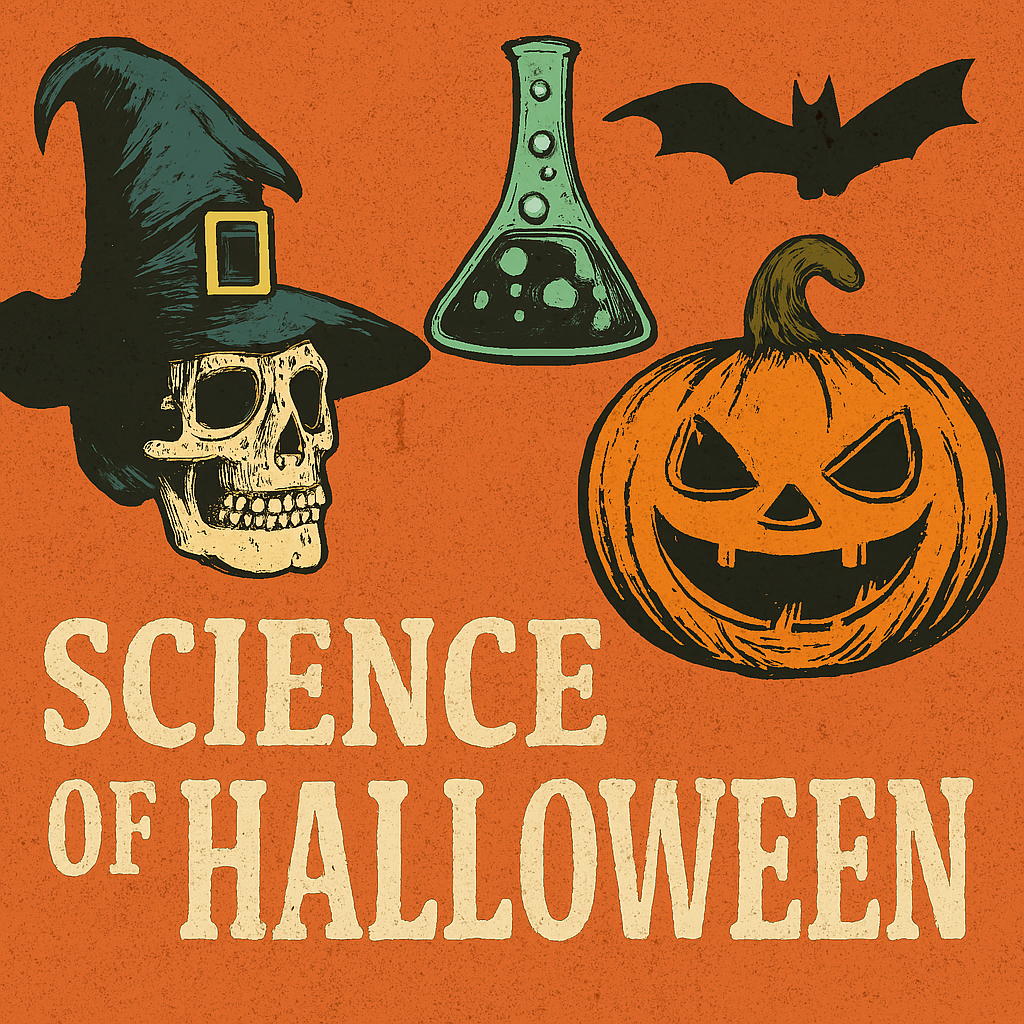
Table – Symbolic Structures In Halloween Rituals
| Ritual Element | Symbolic Function | Psychological Parallel | Emotional Journey | Transformative Outcome |
|---|---|---|---|---|
| Costume change | Identity shedding | Ego suspension | Curiosity and liberation | Self-discovery |
| Haunted house entry | Descent into chaos | Shadow confrontation | Fear and resilience | Emotional mastery |
| Trick-or-treat circuit | Journey and return | Hero’s path | Anticipation and reward | Narrative closure |
| Pumpkin carving | Creation from decay | Artistic transformation | Focus and pride | Symbolic rebirth |
| Storytelling session | Myth transmission | Cultural memory | Wonder and reflection | Legacy reinforcement |
Conclusion – Halloween As A Mirror Of The Mind
Halloween is far more than a holiday—it’s a psychological mirror reflecting our fears, desires, identities, and social dynamics. Through costumes, rituals, and storytelling, it offers a structured space to explore the unknown. It engages the brain’s fear and reward systems, fosters social bonding, and supports emotional development. Its commercialization, while potent, can be navigated with awareness. Its ethical challenges invite reflection and growth. Ultimately, Halloween is a ritual of transformation—a symbolic descent into darkness followed by re-emergence into light. It teaches us that fear can be playful, identity can be fluid, and community can be forged through shared experience.
Join The Discussion – What Does Halloween Reveal About You
Halloween invites introspection as much as celebration. What costume did you choose this year—and why? What fears did you face, and how did you respond?
#HalloweenPsychology #FearAndFun #SymbolicRituals #CostumeCulture #EmotionalExploration #MindBehindTheMask #CulturalReflections #EthicalHalloween #MemoryAndMyth #IdentityPlay
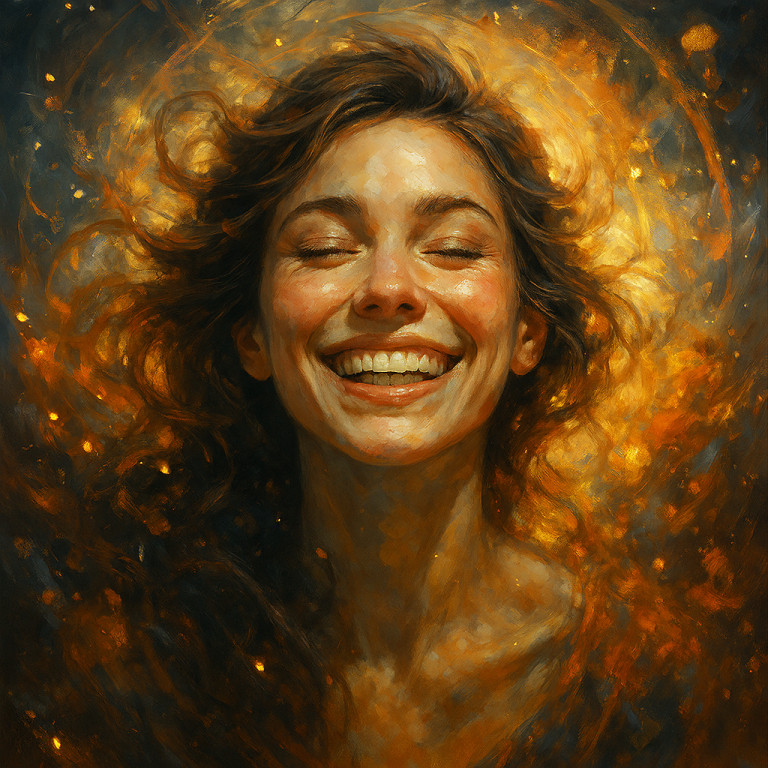
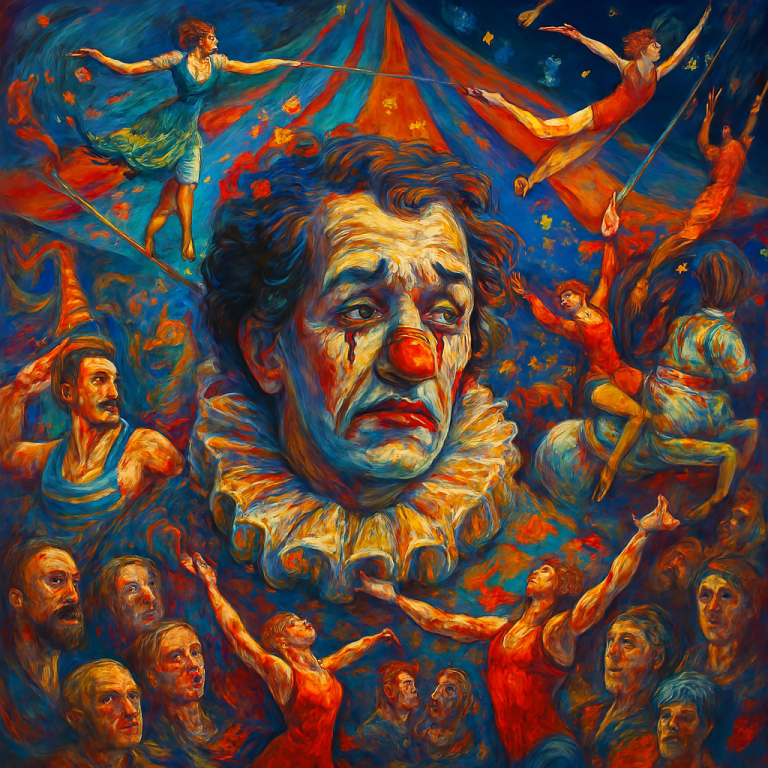
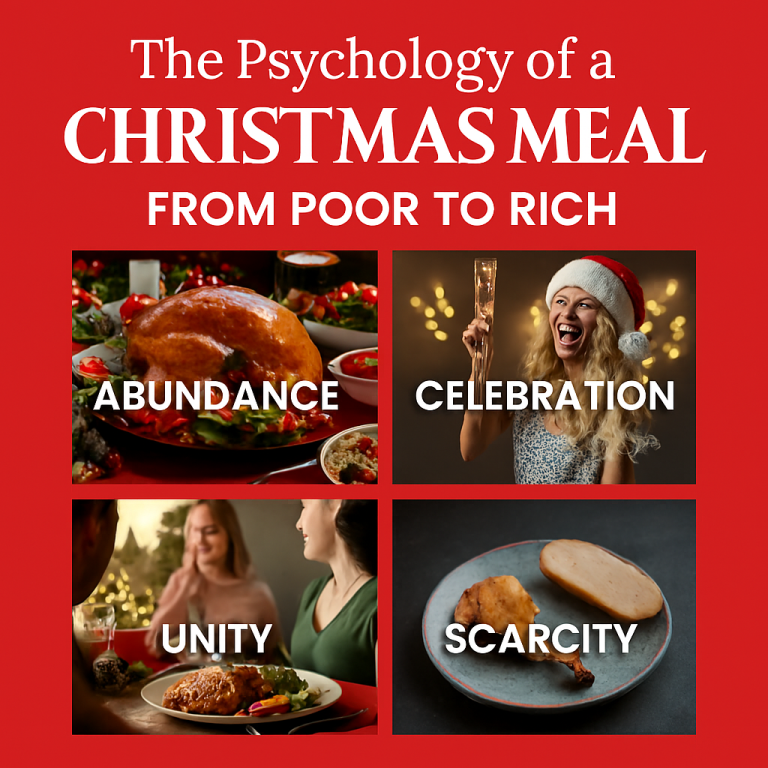
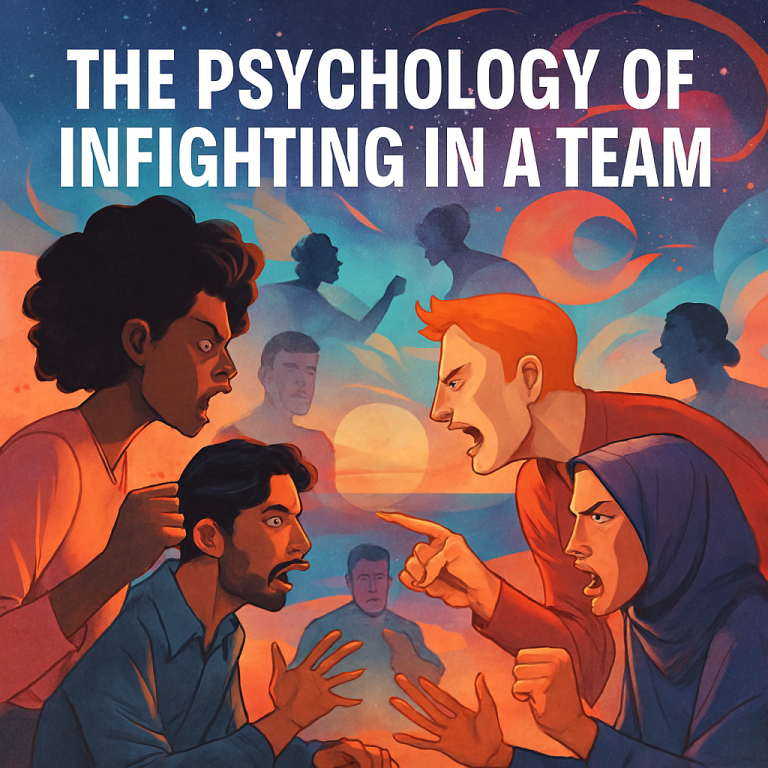

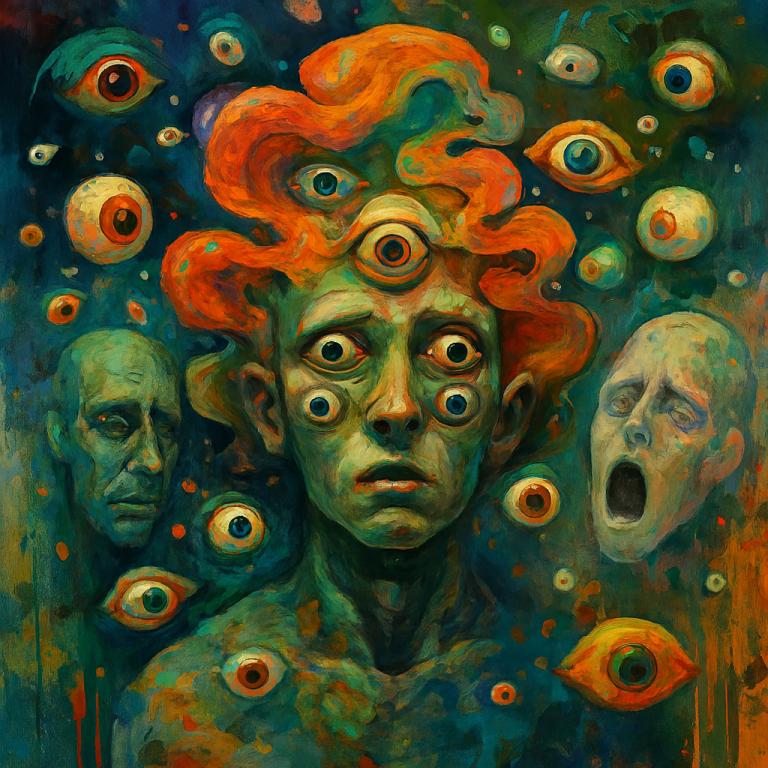
Great article! I’ll definitely come back for more posts like this.
You’ve clearly done your research, and it shows.
I always look forward to your posts. Keep it coming!
Such a simple yet powerful message. Thanks for this.
You’ve clearly done your research, and it shows.
Thanks for making this easy to understand even without a background in it.
What I really liked is how easy this was to follow. Even for someone who’s not super tech-savvy, it made perfect sense.